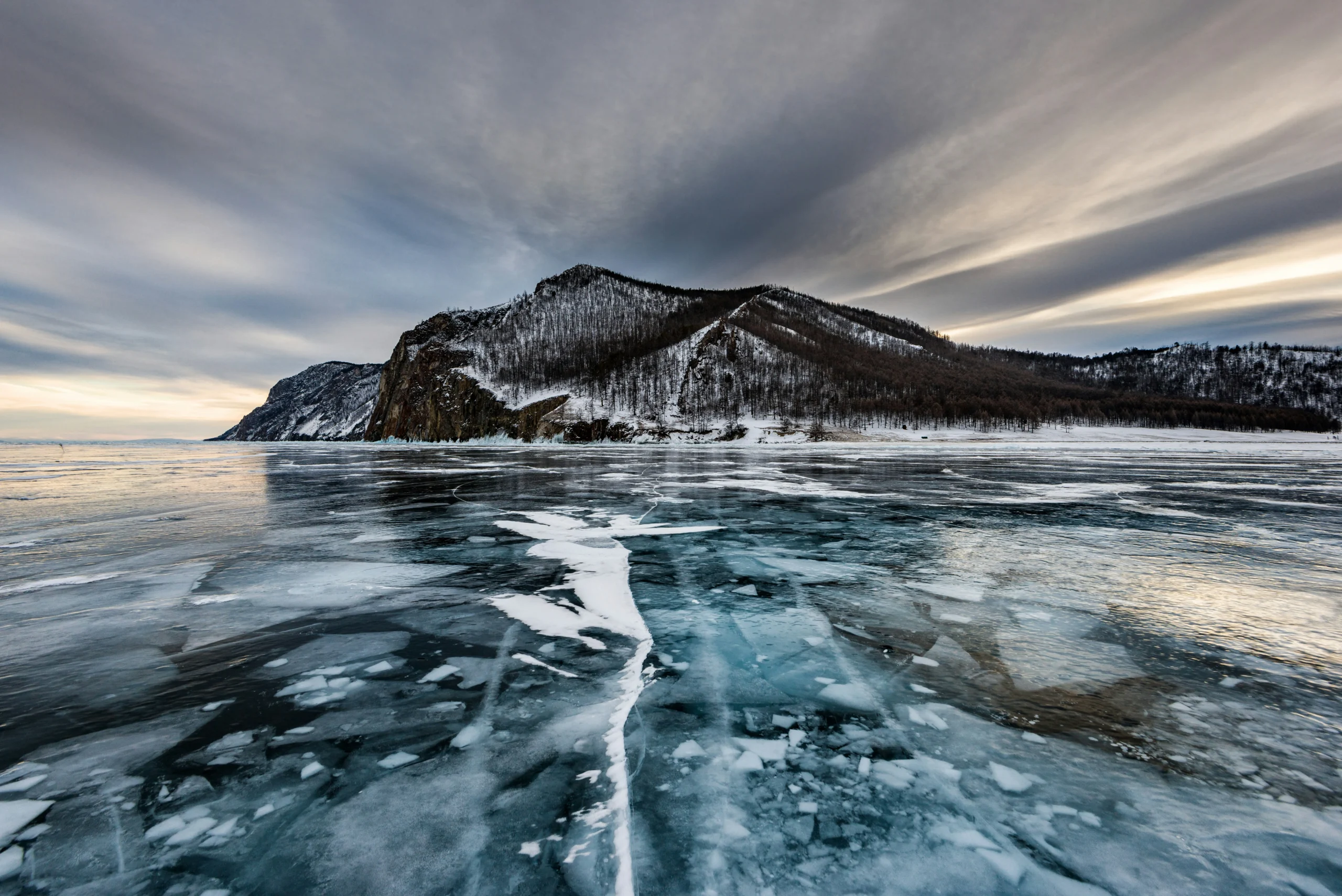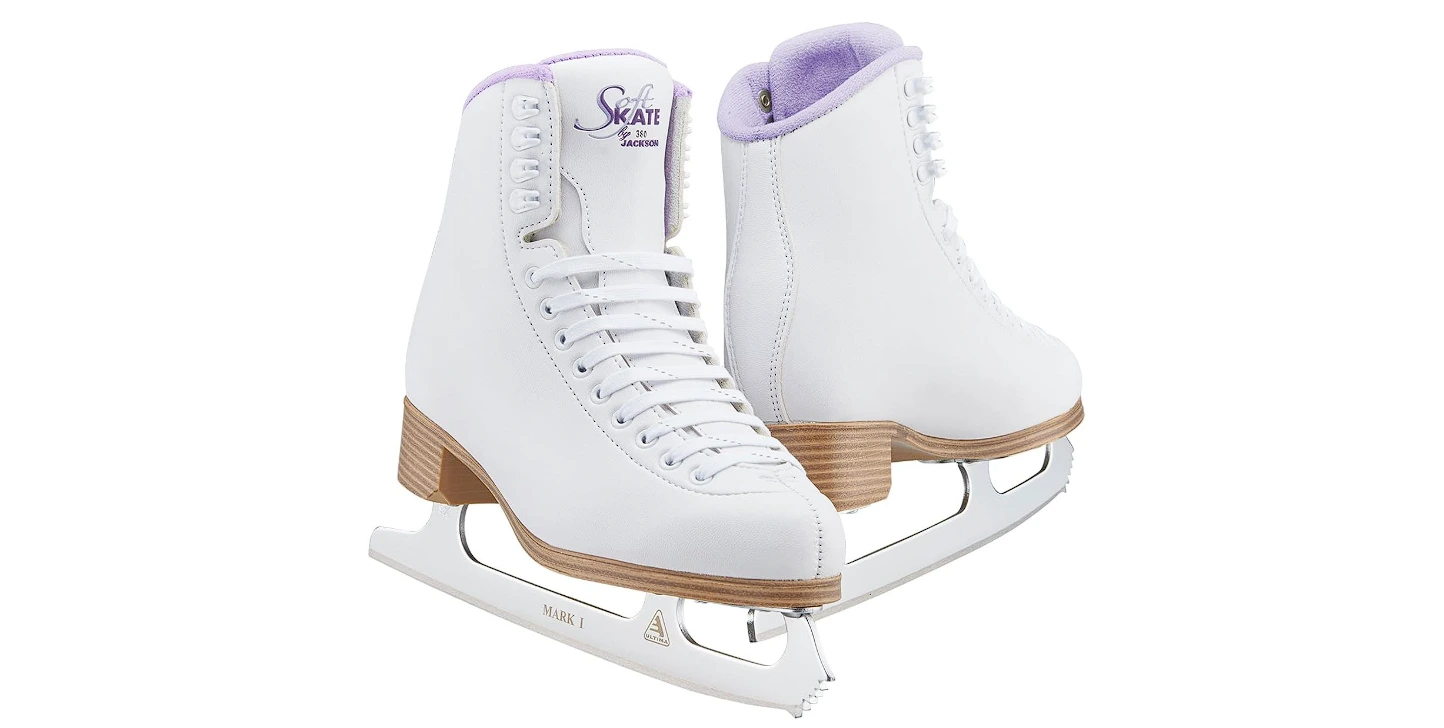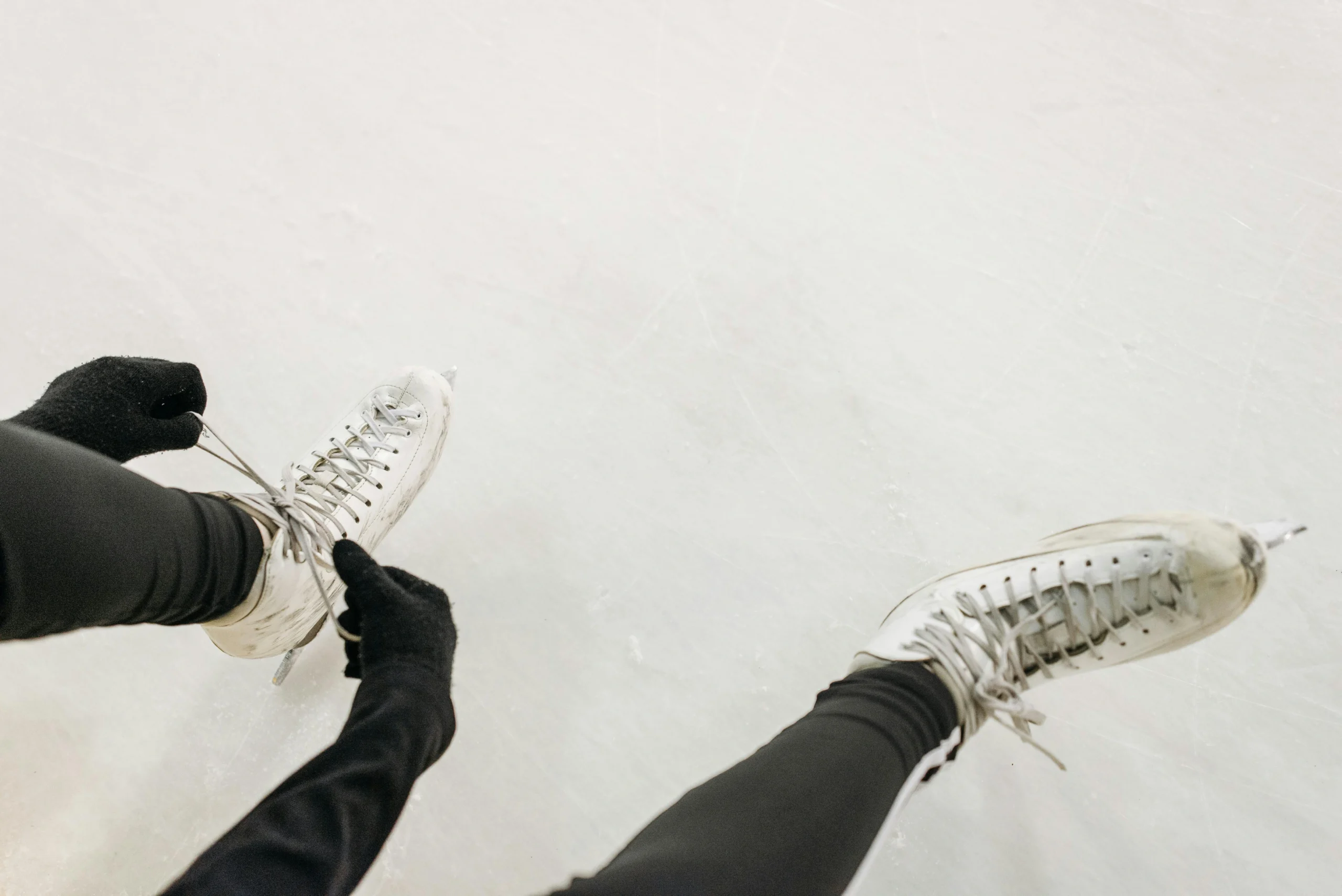Ice skating movies have always held a special place in my heart. There’s something magical about watching graceful figures glide across a glistening surface, their movements telling stories of passion, perseverance, and triumph. As a lifelong fan of both cinema and figure skating, I’ve come to appreciate how these films showcase the sport’s beauty while exploring the complex emotions and challenges faced by skaters.
The Evolution of Ice Skating Films
The roots of ice skating cinema can be traced back to the 1898 short film “The Skaters’ Waltz” by the Lumière brothers. This early work captured the simple joy of skating on film for the first time.
However, it wasn’t until the 1930s that ice skating truly found it’s place in Hollywood.
The rise of Olympic figure skater Sonja Henie as a movie star marked a turning point for the genre. Her films, such as “One in a Million” (1936), set the template for many ice skating movies to come, blending spectacular skating sequences with romantic plotlines.
This formula proved immensely popular, leading to a boom in ice skating films throughout the 1950s and 1960s.
As the sport of figure skating evolved, so did it’s cinematic representations. The 1970s saw a shift towards more dramatic narratives, exemplified by films like “Ice Castles” (1978).
This trend continued into the 1990s with “The Cutting Edge” (1992), which capitalized on the growing popularity of ice dancing and the chemistry between skating partners.
The Modern Era of Skating Cinema
The 21st century brought a new wave of ice skating films that began to explore more complex themes and controversial aspects of the sport. “I, Tonya” (2017) took a darkly comedic approach to the infamous Tonya Harding scandal, while documentaries like “Pop Star on Ice” (2009) offered intimate looks at the lives of professional skaters.
These modern films have pushed the boundaries of the genre, tackling issues such as eating disorders, abusive coaching relationships, and the intense pressure faced by competitive skaters. They’ve also embraced new technologies, using CGI and advanced cinematography techniques to create even more spectacular skating sequences.
The Art of Filming on Ice
One of the most fascinating aspects of ice skating movies is the technical challenge of capturing the sport’s grace and athleticism on film. Early movies relied on careful choreography and skilled camera operators to showcase the skating.
Today, filmmakers use a combination of highly trained skater-doubles, wire work, and CGI to create increasingly spectacular and sometimes physically impossible skating sequences.
This evolution in filming techniques has allowed directors to push the boundaries of what’s possible in ice skating cinema. We’ve seen gravity-defying jumps, intricate footwork sequences, and breathtaking pair skating lifts that would be impossible to perform in real life.
These advancements have helped to maintain the “wow” factor of skating scenes, even as audiences have become more sophisticated.
The Impact of Ice Skating Movies
Ice skating films have played a significant role in shaping public perception of the sport. They often highlight the artistic and emotional aspects of skating, sometimes at the expense of showcasing the intense athletic training required. This has led to ongoing debates about the balance between art and sport in figure skating.
Interestingly, these movies have had a measurable impact on real-world skating. Studies have shown spikes in figure skating class enrollment often follow the release of popular skating movies, demonstrating the genre’s power to inspire audiences.
Many professional skaters cite movies as their initial inspiration for taking up the sport.
Representation and Diversity in Skating Films
Early ice skating movies often portrayed skating as a sport primarily for white, affluent people. However, recent years have seen efforts to showcase a more diverse range of skaters and stories.
Films like “Spinning Out” (2020) have featured characters of color in prominent roles, while documentaries have shed light on LGBTQ+ skaters and their experiences in the sport.
There’s still progress to be made, but the trend towards greater inclusivity is encouraging.
Blending Reality and Fiction
One of the most intriguing aspects of ice skating movies is their ability to blur the lines between reality and fiction. Many films feature cameos or supporting roles from actual figure skaters, adding authenticity to the on-ice sequences.
This practice dates back to the early days of the genre and continues in modern productions.
Some movies, like “The Cutting Edge,” have even inspired real-life skating partnerships. The chemistry between fictional skating pairs has occasionally been so convincing that viewers have campaigned for the actors to compete together in real life!
Pro Tip: Pay attention to the credits of ice skating movies. You might spot the names of famous skaters who served as doubles or choreographers for the film’s skating sequences.
Challenges in Creating Authentic Skating Stories
While ice skating movies can be thrilling and inspiring, they also face unique challenges in portraying the sport accurately. Filmmakers must strike a delicate balance between creating exciting, cinematic skating sequences and maintaining realism.
One common criticism is the overuse of body doubles for skating scenes. While necessary for safety and to achieve certain shots, this can sometimes create a disconnect between the acting and skating portions of a performance.
Directors must carefully edit these sequences to maintain the illusion of a single performer.
Another challenge comes from accurately depicting the technical aspects of competitive skating. Scoring systems, training regimens, and the politics of the sport are complex topics that can be difficult to convey to a general audience without bogging down the narrative.
Adapting Ice Skating Movies to Different Genres
While romance and drama have been the traditional genres for ice skating films, recent years have seen the sport incorporated into a variety of movie types. We’ve seen skating-themed horror movies, comedies, and even science fiction films.
This genre-blending approach has helped to keep ice skating movies fresh and appealing to new audiences.
It’s also allowed filmmakers to explore different aspects of the sport and it’s culture.
The Role of Music in Ice Skating Films
Music plays a crucial role in both competitive figure skating and ice skating movies. In films, the soundtrack often serves many purposes:
- Setting the mood: The right music can enhance the emotional impact of a skating sequence, whether it’s a romantic pair skate or a tense competition scene.
- Driving the narrative: Songs with lyrics can help tell the story or reveal a character’s inner thoughts during a performance.
- Creating authenticity: Using popular music from the era in which the film is set helps ground the story in a specific time and place.
- Enhancing the rhythm: The tempo and beat of the music often dictate the pacing of the skating choreography, making the movements appear more fluid and natural.
Some ice skating movies have even produced hit soundtracks, with songs becoming closely associated with the film and the sport itself. For example, the song “Through the Eyes of Love” from “Ice Castles” has become an iconic piece in the figure skating world.
Training Actors for Ice Skating Roles
One of the biggest challenges in making ice skating movies is preparing actors for their on-ice performances. While some films cast professional skaters in leading roles, many opt for established actors who must learn to skate convincingly.
The training process for these actors can be intense and time-consuming. It often involves:
- Basic skating lessons: Actors start with basic skills like balance, stopping, and basic turns.
- Specialized coaching: As they progress, actors work with professional figure skaters and choreographers to learn more advanced techniques.
- Off-ice training: Strength and flexibility exercises help actors develop the physical attributes needed for skating.
- Choreography practice: Actors spend countless hours rehearsing their routines, both on and off the ice.
- Safety training: Learning how to fall safely and protect themselves from injury is crucial.
Despite this extensive preparation, most films still rely on professional skater doubles for complex moves and jumps. The challenge then becomes seamlessly blending the actor’s performance with the double’s skating.
The Influence of Real Skating Events on Film
Many ice skating movies draw inspiration from real-world events and competitions. The Olympics, in particular, have been a rich source of material for filmmakers.
The drama, pressure, and high stakes of Olympic competition translate well to the big screen.
Some examples of films inspired by real events include:
- “I, Tonya” (2017): Based on the controversial career of Tonya Harding and the attack on Nancy Kerrigan.
- “The Cutting Edge” (1992): While fictional, the film was inspired by the growing popularity of ice dancing as an Olympic sport.
- “Blades of Glory” (2007): This comedy parodies many aspects of competitive figure skating, including scandals and rivalries.
These films often take creative liberties with historical events, but they can still capture the essence of the sport and the emotions involved in high-level competition.
The Psychology of Skating in Film
Ice skating movies often delve deep into the psychological aspects of the sport. They explore themes such as:
- Perfectionism: The relentless pursuit of flawless performances and the toll it takes on skaters.
- Performance anxiety: The pressure of competing in front of large audiences and judges.
- Identity and self-worth: How skaters’ sense of self becomes intertwined with their athletic performance.
- Relationships: The unique dynamics between skating partners, coaches, and competitors.
- Overcoming adversity: Many films focus on skaters battling injuries, personal setbacks, or societal obstacles.
These psychological elements add depth to the characters and make their struggles relatable to audiences, even those who have never set foot on ice.
The Role of Costume Design in Ice Skating Films
Costume design plays a crucial role in ice skating movies, serving both practical and aesthetic purposes. Skating costumes must allow for a full range of motion while also looking stunning on camera.
In films, costumes often:
- Reflect character personality: The design, color, and style of a costume can reveal a lot about a character’s personality and development.
- Show the era: Costumes help establish the time period in which the film is set.
- Enhance visual appeal: Sequins, crystals, and flowing fabrics create dazzling effects under stage lights and on camera.
- Symbolize themes: Colors and designs are often chosen to represent themes in the story or a character’s emotional state.
Costume designers for ice skating films face the unique challenge of creating outfits that look beautiful both in motion and in close-up shots. They must also confirm that costumes are practical for the actual skating, considering factors like weight, flexibility, and durability.
The Impact of Technology on Ice Skating Films
Advancements in technology have dramatically changed how ice skating is portrayed in movies. Some key technological influences include:
- CGI and visual effects: These allow for impossible skating moves and enhance the spectacle of performances.
- High-speed cameras: Slow-motion shots capture the grace and power of skating in stunning detail.
- Improved sound recording: Better audio technology allows for more realistic ice sounds and clearer dialogue during skating scenes.
- Motion capture: This technology can help blend the movements of actors and their skating doubles more seamlessly.
- Virtual production: Some films now use LED walls and real-time rendering to create dynamic backgrounds for skating scenes.
These technological advancements have allowed filmmakers to create more immersive and visually stunning ice skating sequences than ever before.
The Global Appeal of Ice Skating Movies
While many popular ice skating films come from Hollywood, the genre has a global appeal. Different countries have produced their own skating movies, each bringing a unique cultural perspective to the sport.
For example:
- Russia: Known for it’s strong figure skating tradition, Russian films often focus on the intense training and sacrifice required in the sport.
- Canada: Canadian skating movies often incorporate hockey elements, reflecting the country’s love for both figure skating and ice hockey.
- Japan: Anime and manga have featured figure skating storylines, bringing a unique visual style to the genre.
- South Korea: Recent Korean dramas have included figure skating plotlines, often blending romance with sports drama.
This global diversity in ice skating films helps showcase different approaches to the sport and broadens the genre’s appeal to international audiences.
The Future of Ice Skating Movies
As we look to the future, ice skating movies continue to evolve. Some trends we might see include:
- Virtual reality experiences: VR technology could allow viewers to feel like they’re on the ice alongside the characters.
- Increased diversity: More films featuring skaters from underrepresented backgrounds and exploring diverse stories.
- Docuseries format: Streaming platforms may produce more in-depth, multi-episode explorations of skating stories.
- Cross-genre experimentation: We might see more unexpected genre mashups, like skating sci-fi or skating mystery thrillers.
- Focus on lesser-known disciplines: Films about synchronized skating, ice dancing, or even extreme ice skating could emerge.
- Interactive elements: Future films might allow viewers to choose different camera angles during skating sequences or even influence the story’s outcome.
The enduring popularity of ice skating as both a sport and an art form suggests that ice skating movies will continue to captivate audiences for years to come.
People Also Asked
What was the first ice skating movie?
The first known ice skating film was “The Skaters’ Waltz,” a short silent film produced by the Lumière brothers in 1898.
Who is the most famous ice skater in movies?
Sonja Henie, an Olympic champion figure skater turned actress, is often considered the most famous ice skater in movies. She starred in many Hollywood films in the 1930s and 1940s.
Are ice skating movies based on true stories?
Some ice skating movies are based on true stories or real events, like “I, Tonya” (2017), while others are entirely fictional. Many films blend elements of real skating history with fictional narratives.
How do actors learn to skate for movies?
Actors often undergo intensive training with professional skating coaches for several months before filming. They learn basic skating skills and work with choreographers to perfect specific routines for the movie.
What is the highest-grossing ice skating movie?
While exact figures can vary, “Blades of Glory” (2007) starring Will Ferrell and Jon Heder is often cited as one of the highest-grossing ice skating-themed movies.
Are there any good documentaries about figure skating?
Yes, there are several well-regarded figure skating documentaries. Some popular ones include “The Price of Gold” (2014) about the Tonya Harding/Nancy Kerrigan scandal, and “Pop Star on Ice” (2009) featuring Johnny Weir.
How realistic are the skating scenes in movies?
The realism of skating scenes varies widely between films. Some use extensive CGI and doubles for complex moves, while others feature actual skating performances by trained actors or professional skaters.
What’s the difference between ice skating and figure skating in movies?
In movies, “ice skating” is often used as a general term, while “figure skating” specifically refers to the competitive sport with jumps, spins, and choreographed routines. Some films focus on recreational ice skating, while others depict competitive figure skating.
Are there any ice skating movies for kids?
Yes, there are several ice skating movies aimed at younger audiences. Examples include “Ice Princess” (2005) and the animated film “Ballerina” (2016), which features ice skating scenes.
How have ice skating movies influenced the sport?
Ice skating movies have helped popularize the sport, often leading to increased enrollment in skating classes. They’ve also influenced costume design in real-life competitions and helped shape public perception of figure skating.
Key Takeaways
- Ice skating movies have evolved from simple romantic comedies to complex narratives exploring a wide range of themes.
- Advancements in filming techniques and CGI have allowed for more spectacular skating sequences.
- These films have a significant impact on public perception of figure skating and can inspire increased participation in the sport.
- There’s a growing trend towards greater diversity and representation in ice skating movies.
- The genre continues to evolve, blending with other movie types to create fresh and exciting narratives.
Affiliate Disclaimer: SkateNavigator.com may include affiliate links, which allow us to earn a small commission when you make a purchase through them. This helps support our site at no extra cost to you. Thank you for your support!




0 Comments